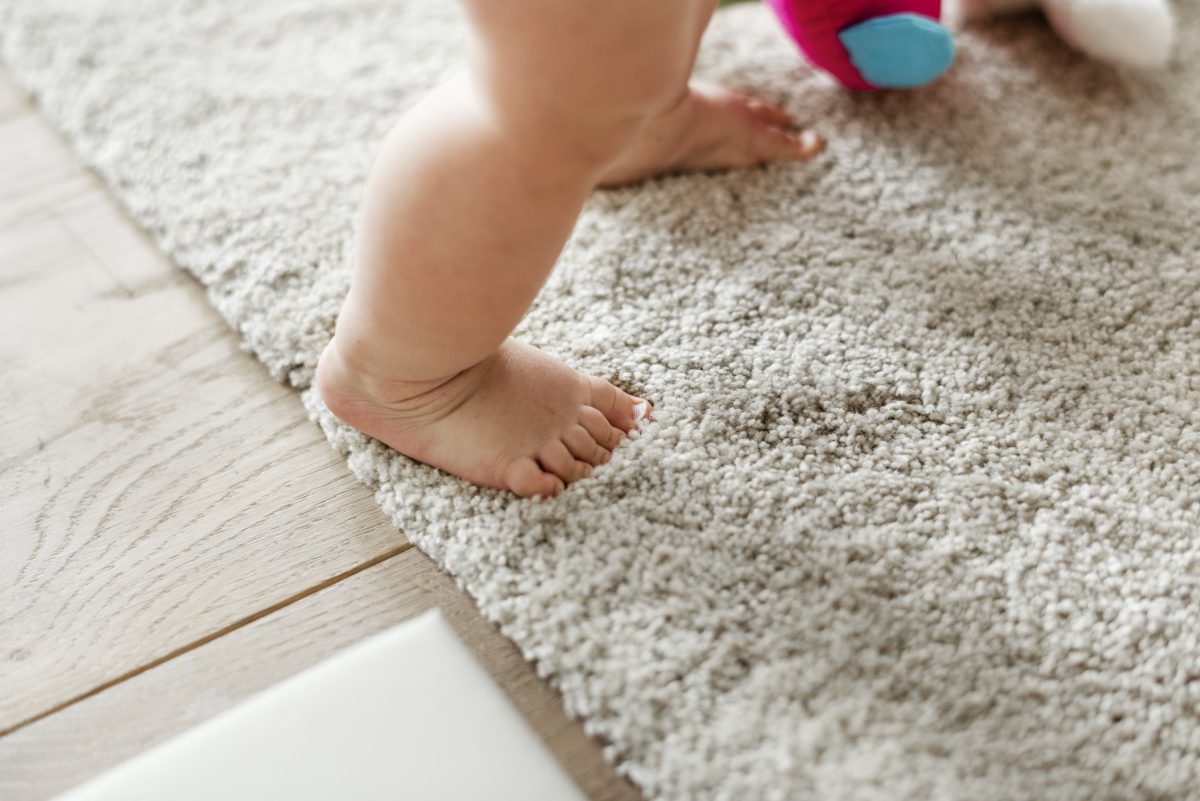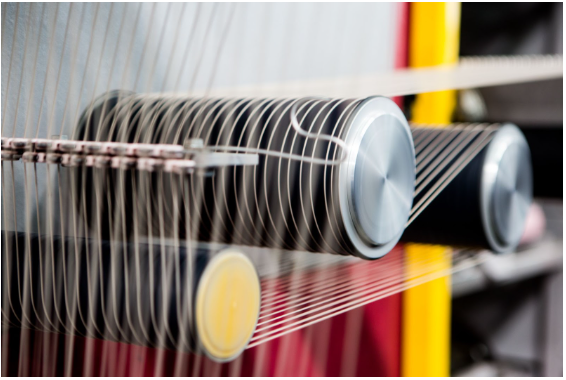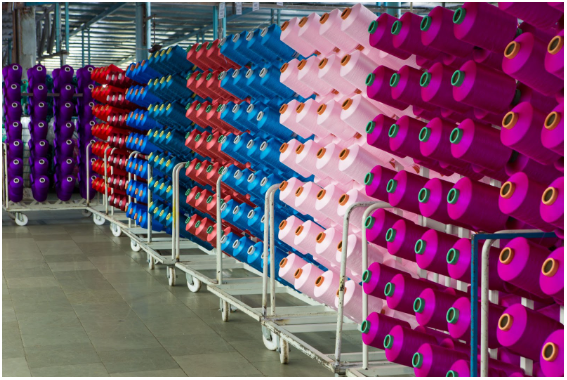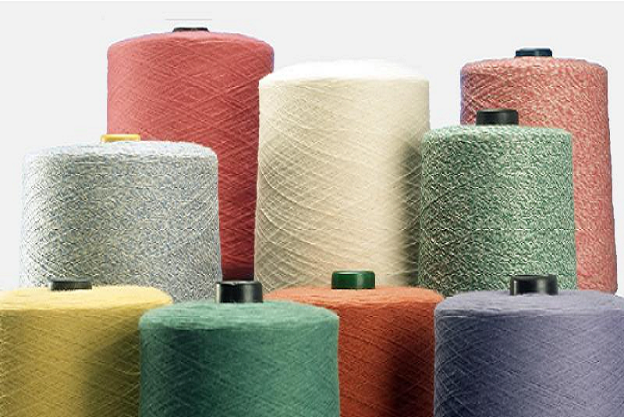Filament yarns are typically made of one or multiple continuous strands known as filaments. Each of these continuous filaments exhibits the length of an entire yarn. Yarns manufactured from a single filament are called monofilament yarns, and the ones composed of multiple filaments are known as multifilament yarns. Applications of synthetic filament yarns are spread across a wide range of industries such as fashion, textile, home furnishing and more and are mainly used for embroidery, knitting, sewing, weaving and so on. Polyesters and nylon are some of the most popular synthetic filament yarns used in industries today, out of which we cover polyester yarns, their characteristics and the manufacturing process.
Characteristics of Polyester filament yarns
Known for their immense strength, polyester yarns are the first choice for fabrics in numerous industries. Moreover, their excellent prominent characteristics also put them in high demand. Some of these prominent characteristics of polyester yarn include:
- Lustre
- Smoothness
- Very low or very high twist
- Manufacturing ease
- Length and continuity
- Twist determination from strength
- Cohesive packing of strands
- Excellent resistance to shrinkage and stretching
- Ability to withstand extreme weather conditions
- Hydrophobic properties
- Resilience and crispness when dry or wet
Polyester filament yarns, or PFY, have broad commercial uses, especially seen in apparel such as shirts, blouses and lingerie, and home furnishings such as bed sheets, curtains, draperies and more. Their resistance to stretching and shrinkage makes them ideal for a variety of fabrics.
Steps to make polyester filament yarns
Manufacturing polyester yarn primarily involves a three-step process.
Esterification
Polyester filament fibres are high polymers manufactured through the esterification of a dicarboxylic acid with glycols obtained by an ester exchange between the aforementioned chemicals. However, to retain the purity of the reacting chemicals, Dimethyl Terephthalate is preferred as opposed to terephthalic acid. To form the polymer, terephthalic acid is heated with ethylene glycol in the presence of a catalyst such as hydrochloric acid at the temperature of 302-410°F (150-210°C).
The resulting product is a monomer alcohol, which is then combined with terephthalic acid, and the temperature is increased to 472°F (280°C). The end product of this step is a clear, hard and white substance further used to prepare filaments.
Spinning
After esterification, the formed polymer substance is then extruded in the form of ribbons and allowed to dry until they become brittle. They are later transformed into chips.
These chips are then melted at a temperature of 500-518°F (260-270°C) and later transferred into a spinneret container. This container exhibits multiple rounds, pentagonal or other types of holes, and through them, fibres emerge. These holes determine the size of the yarn, and the emerging fibres are spun into one yarn. During this process, several other chemicals are added to the product to create the solution, flame retardant or antistatic.
The wet chips are dried and fed through a hopper, ready for melting. This molten polymer is then extruded under high pressure through spinnerettes down to the cylinder.
Drawing and winding
Once the spinning process is concluded and polyester emerges from the spinneret machine, they exhibit an elongated length and soft characteristic. These polyester yarns possess strength and high tenacity with the resilience of the fibre. They are left to dry until they are strong and solid.
The fibres are drawn, which can have distinct diameters and lengths based on the characteristics of the finished product. These drawn fibres are textured or twisted and wound on bobbins or flat-wound packages, concluding the manufacturing process.
Conclusion
AYM Syntex is among the global leaders in manufacturing specialty yarns and multi-polymer yarns. We pioneer in spinning, texturizing, draw twisting and dyeing of polyester and nylon yarns for our clients spread across a wide range of industries. Reach out to us for high-quality yarns.
Also Read:
i.Benefits of Polyester Yarn
ii.Key Characteristics of the Polyester Filament Yarn




